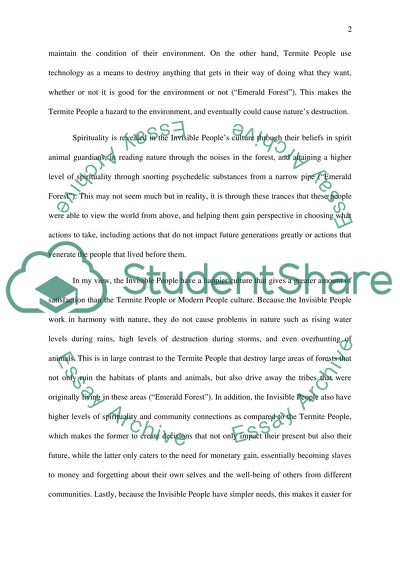Cite this document
(“The Emerald Forest Movie Review Example | Topics and Well Written Essays - 1000 words”, n.d.)
Retrieved from https://studentshare.org/visual-arts-film-studies/1480874-the-emerald-forest
Retrieved from https://studentshare.org/visual-arts-film-studies/1480874-the-emerald-forest
(The Emerald Forest Movie Review Example | Topics and Well Written Essays - 1000 Words)
https://studentshare.org/visual-arts-film-studies/1480874-the-emerald-forest.
https://studentshare.org/visual-arts-film-studies/1480874-the-emerald-forest.
“The Emerald Forest Movie Review Example | Topics and Well Written Essays - 1000 Words”, n.d. https://studentshare.org/visual-arts-film-studies/1480874-the-emerald-forest.


